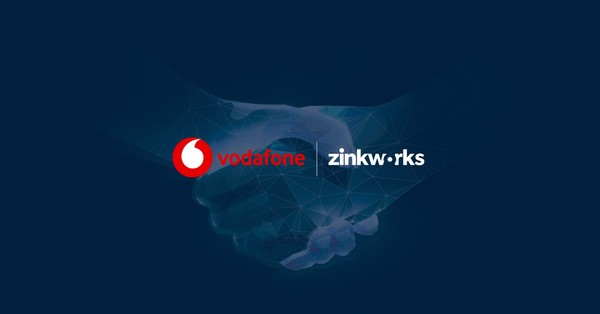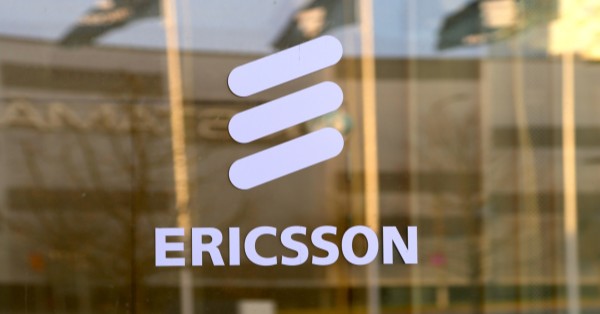- Tech News & Insight
- December 3, 2025
- Hema Kadia
5G standalone networks change the service model. Operators can carve the network into slices with distinct latency, reliability, and throughput characteristics validated by 3GPP standards. That enables ultra-reliable low-latency communications for factory automation, connected vehicles, remote operations, and mission-critical services. It also enables differentiated quality for cloud gaming, broadcast-like video,





























